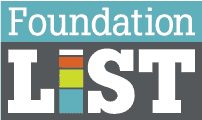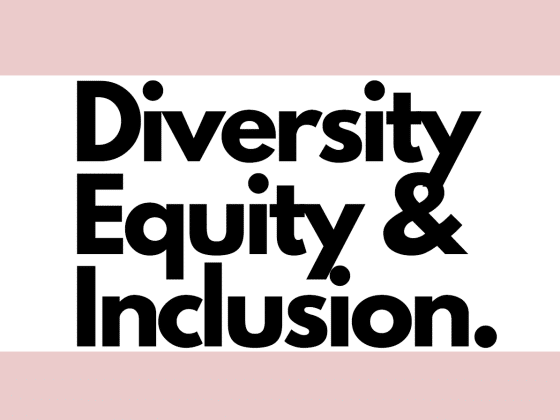July is Disability Pride Month in the United States! Disability Pride Month is an excellent opportunity to take the time to educate ourselves on the disability rights movement as well as celebrate individuals impacted by disabilities. Please refer to the infographic from the CDC that provides statistics about disabilities in the US to learn more about how disability impacts us all, including US communities, healthcare, and access to basic resources.
July is designated as Disability Pride Month because the Americans with Disabilities Act (ADA) was signed into legislation by President George H.W. Bush 33 years ago on July 26, 1990. According to the US Department of Labor, the act “prohibits discrimination against people with disabilities in several areas, including employment, transportation, public accommodations, communications, and access to state and local government programs and services.” Although the first Disability Pride Day celebration occurred in Boston in 1990, Disability Pride Month has yet to be recognized federally.
An individual with a disability is defined by the ADA as “a person who has a physical or mental impairment that substantially limits one or more major life activities, a person who has a history or record of such an impairment, or a person who is perceived by others as having such an impairment” (https://adata.org/learn-about-ada). As disabilities are a commonly overlooked facet of underrepresented groups, we want to take a moment to talk about the meaning of pride for individuals impacted by disabilities. The Valuable 500, an organization dedicated to ending disability exclusion, describes the necessity of a Disability Pride Month:
But what does pride mean in the context of disability? For many disabled people, seeing these two words (disability pride) in the same sentence is a rare occurrence. People with disabilities have traditionally been made to feel ‘less than’ and ashamed of their disabled identity by society. The very fact that we may need ‘accommodations or special services in order to do the most basic things in life, can lead to an internalized feeling of shame. Every time we have to say sorry for needing a ramp to access a venue, or we have to explain to someone why we needed extra time in a test, it chips away at the pride we have in ourselves and our disabled identities.
Ann Magill, a disabled woman, designed the Disability Pride flag in 2019, though it is not yet widely used by the community. Each of its elements represents a different aspect of disability or impairment:
- Red for Physical Disabilities
- Yellow for Cognitive and Intellectual Disabilities
- White for Invisible and Undiagnosed Disabilities
- Blue for Mental Illness
- Green for Sensory Perception Disabilities
The Black Field on either end represents the disabled individuals who have lost their lives due not only to their illness, but also to negligence, suicide, and eugenics. For 2023’s Disability Pride, participants and activists choose to bring awareness and pay tribute to the disabled individuals who lost their lives during the COVID-19 pandemic and aren’t able to celebrate with us today, as well as those who continue to be affected by the pandemic. The Valuable 500 also shared:
COVID-19 had a disproportionate effect on people with disabilities, with some studies estimating that at least 6 out of 10 people who died from the virus were disabled. Sadly, this was too often due to negligence on the part of health-care providers and a lack of special measures to prevent people with disabilities being exposed to the virus. A significant number of disabled people also reported that, due to lockdown, their healthcare needs were not fully met or that they had treatment canceled or delayed. The high number of COVID-19 deaths among disabled people ultimately reflects wider failures in how governments worldwide supported the people who were most at risk.
Disability Pride and parades are relatively new concepts, but the idea of Disability Pride is rooted in the same civil rights movements for LGBTQ+, Black, and Brown communities because of how the disability intersects identities and impacts individuals within those efforts. Intersectionality is “the interconnected nature of social categorization such as race, class, and gender as they apply to a given individual or group, creating overlapping and interdependent systems of discrimination or disadvantage”. Because the CDC reports that “up to 1 in 4 (27 percent) adults in the United States have some type of disability,” the need to celebrate and bring awareness to the realities of disabilities is paramount.
Awareness is the crucial first step in helping to identify and solve issues. Here are some resources to assist you in your own journey of education and allyship:
- Why and How to Celebrate Disability Pride Month 2023
- Disability Discrimination and How to be Anti-Ableist
- Writing Respectfully: Person-First Language
- New York: Disability Unite Festival
- Illinois: Disability Pride Parade (nation’s longest-running Disability Pride Parade)
- California: Disability Pride LA
- Washington: Disability Pride Month – Artistic Justice Showcase
- Portland, Oregon:
- Texas: Ability Strong Parade
- Minnesota: Disability Pride Game Days with the Minnesota Twins
- Arizona: Training Series – July 28th, Ableism, Disability pride and the importance of Disabled-centered spaces
And here are some additional resources you can access to learn more and bring disability awareness into your everyday life!
- 12 Disability Activists You Should Know (And Follow)
- 42 Best Books On Disabilities Curated by a Disability Activist
- CODA (Child of Deaf Adults), Winner of 3 Oscars including Best Picture on Apple+
Here are some examples of organizations whose mission is to fight for the rights and equalities of those impacted by disabilities:


